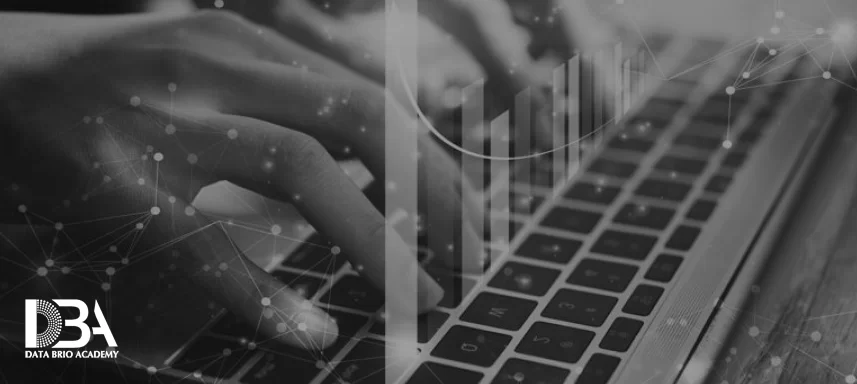The utilization of analytical methods has gained importance in recent years. The practice of extracting useful information from data has helped many companies enhance their overall business performance. Analytics allows organizations to get a clear picture of past events and the future of their performance. Looking into the future helps organizations prepare for a calamity, if any, to come. Analytics can help organisations find solutions to three major questions:
- What happened?
- What is happening?
- What is going to happen?
It would not be wrong to say that the increase in the amount of data gas ignited this prodigious proliferation of analytics. Analytics is just not confined to gaining past information but helps enable predicting future results and optimizing business resources.
To become a professional data scientist, working in business intelligence and data mining companies, you need to understand the basics of data analytics. The prime aim of this blog is to help you solidify all the key concepts of data analytics.
Types of Analytics
Raw data is no different from crude oil. Nowadays, any institution or person with a decent budget can gather large amounts of raw data. But the collection itself should not be the end goal. Organizations that can extract meaning from the raw data collected are the ones that compete in today’s dynamic and complex ecosystem.
If you are into analytics and want to know more about analytics, you should definitely understand the types of analytics.
Descriptive Analytics: The prime focus of descriptive analytics is to understand what happened in an organization. Descriptive analytics summarizes the raw data or content and helps in scrutinizing the data and summaries to answer questions like ‘what happened’ and also ‘what is happening’.
Descriptive analytics includes conventional business intelligence and visualizations like summary tables, line graphs, pie graphs, bar graphs, histograms and/or generated narratives. Example of descriptive analytics is how much sales a store is making, how many SKUs the store is carrying and how much footfall is there in the store on a daily basis. Through descriptive analytics, one can see if the sales and footfall are similar on each day of the week – is there a drop or surge on any day every week? If the store understands this pattern then they can plan a promotion campaign to arrest the drop in sales and footfall.
Diagnostic Analytics: Just like the name, Diagnostic Analytics is used to uncover or determine what is the reason behind a particular thing happening. For instance, if you’re running a social media marketing campaign, you might be interested in scoring the number of likes, comments, mentions, ratings, fans, or followers. Diagnostic analytics help you consolidate thousands of mentions into a single view and understand the relationship between spend, content, views and ratings so that you can make progress with your online marketing campaign.
Predictive Analytics: Predictive analytics is the utilization of statistical algorithms, machine learning techniques, and data to determine the likelihood of future outcomes depending on historical data. The main goal of predictive analytics is to help you move beyond what happened and give scenarios of what is going to happen in the future.
Predictive models use observable outcomes to build a model that can predict data values of various types, along with new data. Modelling of the outcomes is important since it offers predictions that reflect the likelihood of target variables like revenue, depending on the gauged importance of a set of input variables. Regression and classification models are the most sought-after models utilized in predictive analytics. A simple example of predictive analytics can be to predict whether a new customer can be given a credit or loan in a bank based on historic credit data of other customers.
Prescriptive Analytics: Prescriptive analytics analyzes data and provides a recommendation based on available resources and constraints for a desired or predicted outcome. Prescriptive analytics is the natural progression from descriptive and predictive analytics procedures. It uses matahematical and statistical models, machine learning and AI algorithms to optimize the best possible outcome. It gives a recipe or a prescription for the best course of action in a scenario.
In healthcare, insurance agencies use prescriptive analytics in their risk assessment models to provide pricing and premium information for clients.
Winding Up
In this blog, we have discussed 4 major types of analytics that are generally used across industries in the present day. These are the building blocks of the analytics industry worldwide.
At Data Brio Academy, our expert team is dedicated to providing top-notch education at competitive prices. Presently, we are offering robust courses on Data Analytics and Data Science to help students reach newer heights.

